Download the Women Count Australia PDF
 |
Women Count Australia is a collaborative project with the UK Women’s Budget Group and adds to the body of gender-responsive budgeting practice using Australian case studies. The Introduction backgrounds the project and positions Australia’s past and current engagement with gender-responsive budgeting. Getting Started provides a scaffold for understanding gender-responsive budgeting. What is it? Why is it needed? Why is it important? How does it serve as a tool for analysis and change. Download Introduction / Getting started here. |
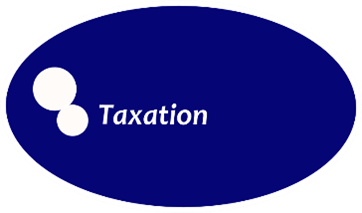 |
Governments have many opportunities to apply a gender lens to their taxation policies, and the interactions between the taxation and benefit systems are critical to gender equality. A range of taxes and policy debates highlights critical gaps in a gender equality approach to taxation in Australia. Addressing these gaps would create important economic and social benefits. Download Taxation here. |
 |
Most of us will need some form of social security during our lifetime. Key principles to guide the gender analysis of social security policies and budgets are provided, along with ways to promote change. Current policies, as well as changes to policy or payments impact men and women differently and to different degrees. Donwload Social security here. |
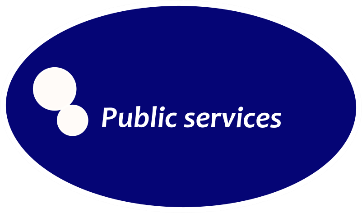 |
Public services are vital for promoting gender equality. An understanding of public services from a gender perspective requires knowing who uses public services (and how), whether there is adequate resourcing and planning of the services, and who is employed to deliver these services, including the pay and conditions. Neoliberal policies have undermined the potential contribution of the public service to gender equality in Australia. Download Public services here. |
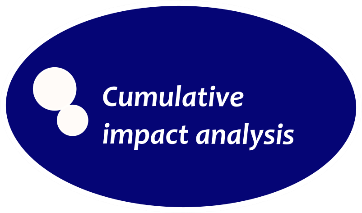 |
A cumulative analysis of the budget looks at the combined impact of a number of policy and funding changes. When a gender lens is applied, cumulative impact analysis makes visible the reality of changes to public services and taxation for different groups of women and men rather than simply describing the total or average level of expenditure, tax or benefits. It assists in clarifying the validity of the political rhetoric around budgets in relation to which groups are winners and losers. Download Cumulative impact analysis here. |
 |
Investing in quality social infrastructure (child care, education, health) delivers a better educated, healthier and better cared for population able to produce benefits worth more to a society over time than the initial costs of the investment. A failure to view social infrastructure as a valuable investment reflects a gender bias in economic thinking. These issues were the focus of an international study of the benefits of investing in female dominated care industries compared to male dominated construction industries. Download Public investment in social infrastructure here. |
 |
Civil society engagement is crucial for implementing gender-responsive budgeting. It invests in research, promoting research findings through campaigns and advocacy, and holding decision makers to account. This case study illustrates the steps involved in translating research and analysis into campaigns to change policies and budgets in line with gender equality. Download Civil society research and advocacy here. |
 |
Civil society is important in bringing research and analysis to the attention of politicians and other policy actors. Good communication by civil society can help to mobilise support for campaigns, funding and new membership. Key lessons for effective media communication from the experience of the UK Women’s Budget Group are illustrated, along with Australian examples relevant to gender-responsive budgeting. Download Using the media here. |
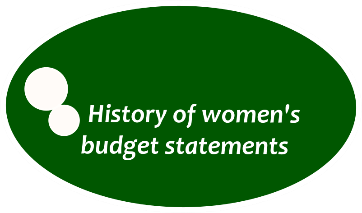 |
The publication of an annual women’s budget statement by governments has been a defining feature of gender-responsive budgeting in Australia. This case study explains the history of women’s budget statements in the first period of their application to budgets by the Australian federal, state and territory governments, and identifies the lessons that can be drawn from this period for the future of gender-responsive budgeting. Download History of women's budget statements here. |
 |
Beginning in 2016, with Queensland, the state and territory levels of government were the first to re-introduce a gender or women’s budget statement. Critical to this resurgence has been a shift in the political and economic context, including the election of governments with reform agendas. Developments in gender impact analysis during the current phase of the state and territory government statements has increased the capacity of the sub-national governments to be gender-responsive in their spending and revenue raising. Download State and territory resurgence here. |
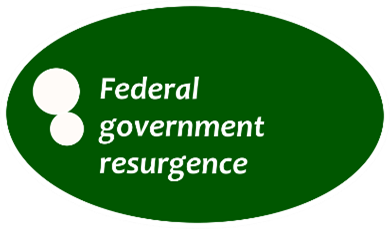 |
The process of returning a women’s budget statement at the federal level was initiated in the 2018-19 Coalition budget, and continued half-heartedly until the Labor government was elected in 2022. Under the Labor government the women’s budget statement has continued to develop its analysis and coverage. The government is committed to gender-responsive budgeting and initiated the rolling out gender impact assessments. Download Federal government resurgence here. |
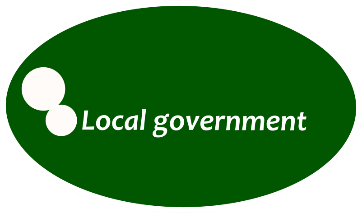 |
The activities and services provided by local governments play an important role in our daily lives and can advance gender equality and women’s well-being in a variety of ways. This includes through their provision of social and physical infrastructure that reduces women’s unpaid work, planning and emergency support that mitigates the impact of climate change on vulnerable people, and the participation of women in local decision making. Download Local Government here. |
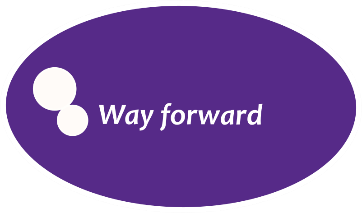 |
At the beginning of 2025 the federal and all but two of the state and territory governments had committed to gender- responsive budgeting. Critically, they have reintoduced a gender/women’s budget statement as a defining feature of their strategy. We reflect on the ways women’s budget statements raise awareness, promote government accountability and change spending and revenue raising policies and resource allocations to promote gender equality. Download coming soon. |



